Optimal Timing for Pool Pump Repairs
Timing for pool pump repairs can significantly impact the efficiency and longevity of the equipment. The optimal period is during the off-season, typically late fall or early spring, when the pool is not in use. Performing repairs during these times minimizes disruption and allows for thorough maintenance before peak usage.
Scheduling repairs during the off-season helps prevent unexpected breakdowns during peak swimming periods.
Inspecting and repairing pool pumps in early spring ensures the system is ready for the upcoming swimming season.
Late fall is ideal for addressing issues after the swimming season ends, allowing for repairs without interrupting use.
Avoid repairs during extreme weather conditions, such as winter freezes or summer heatwaves, to prevent additional complications.
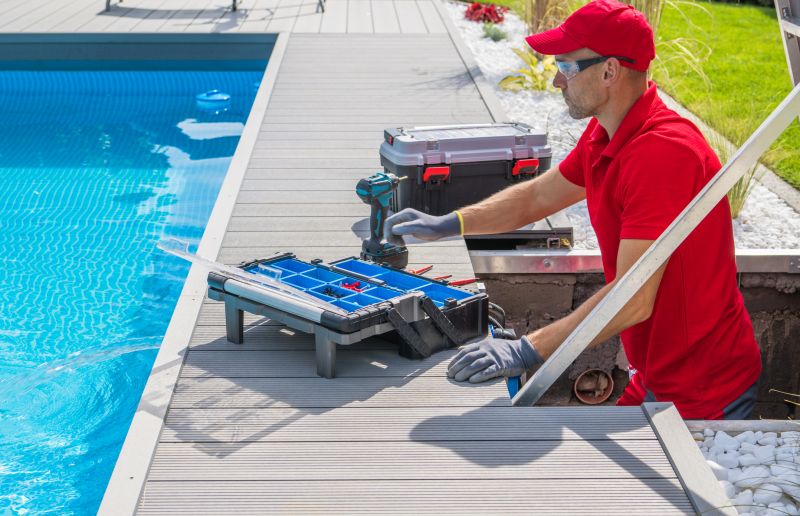
Technicians inspecting a pool pump during early spring.
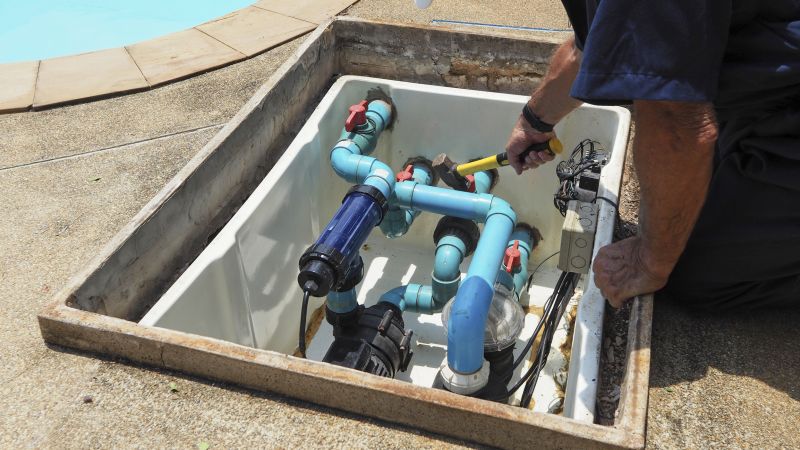
Close-up of tools used for pool pump repairs in fall.
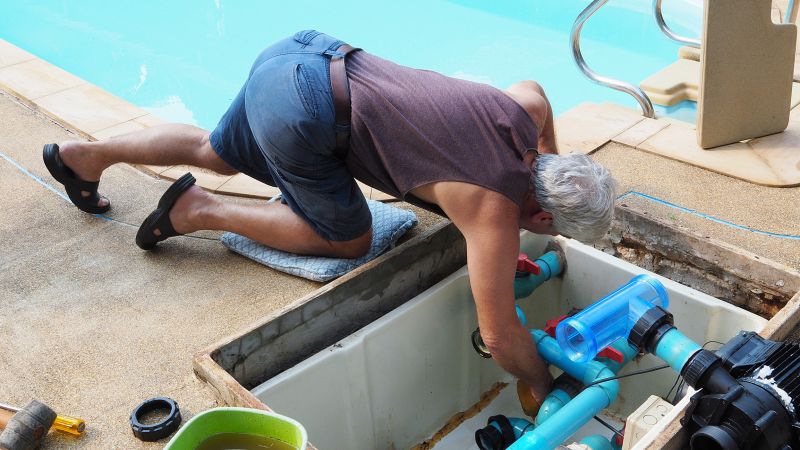
Technician working on a pool pump with winter gear.

Pool pump operating during peak season with maintenance in progress.
| Season | Recommended Action |
|---|---|
| Spring | Inspect and repair to prepare for the swimming season. |
| Summer | Perform routine maintenance and address minor issues. |
| Fall | Conduct thorough inspections and repairs after the season. |
| Winter | Minimal maintenance; focus on winterizing the pump. |
| Off-Season | Ideal time for major repairs and system upgrades. |
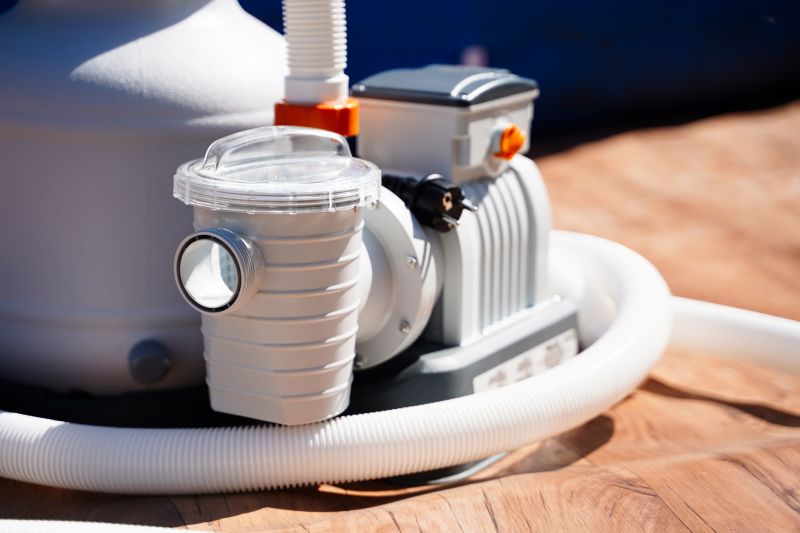
Close-up of a disassembled pool pump showing internal parts.
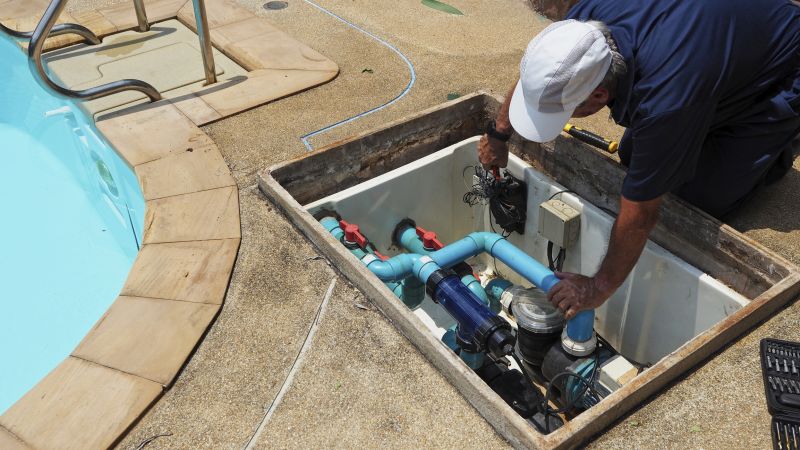
Tools used for pool pump maintenance and repair.
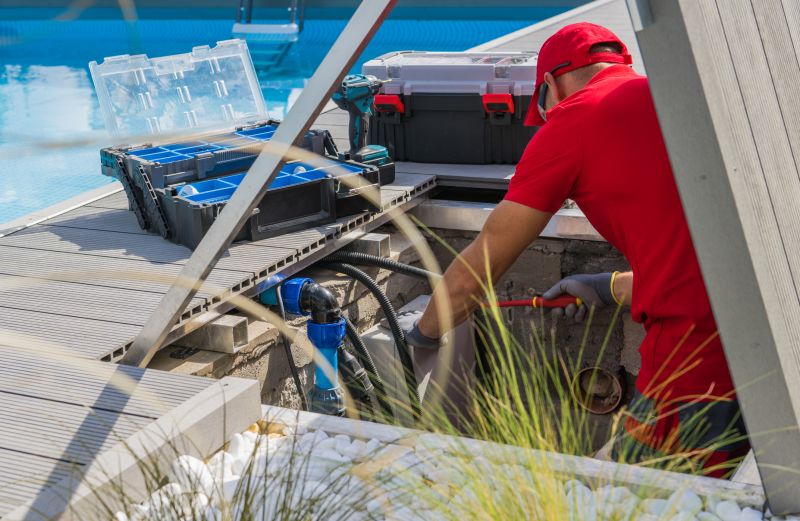
Technician checking electrical connections on a pool pump.
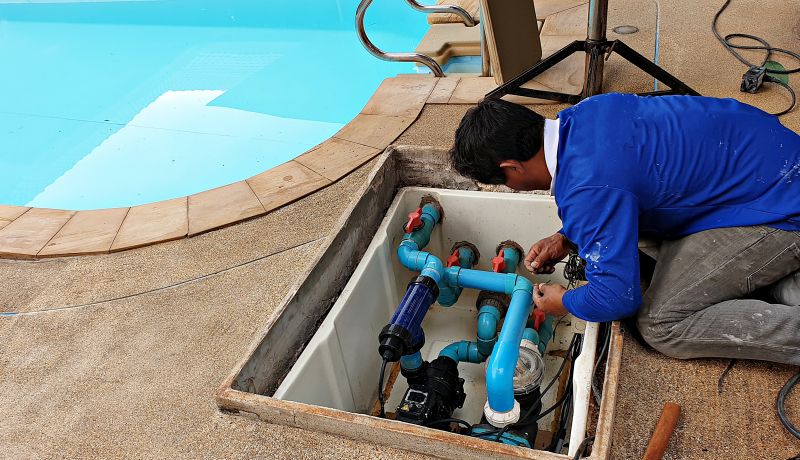
New pool pump ready for installation.
Timely pool pump repairs ensure optimal operation, energy efficiency, and water quality. Addressing issues early prevents costly replacements and extends the lifespan of the equipment. Proper scheduling and maintenance can also reduce downtime, ensuring the pool remains ready for use when needed.
Interested in scheduling a repair? Fill out the contact form to get professional assistance.
